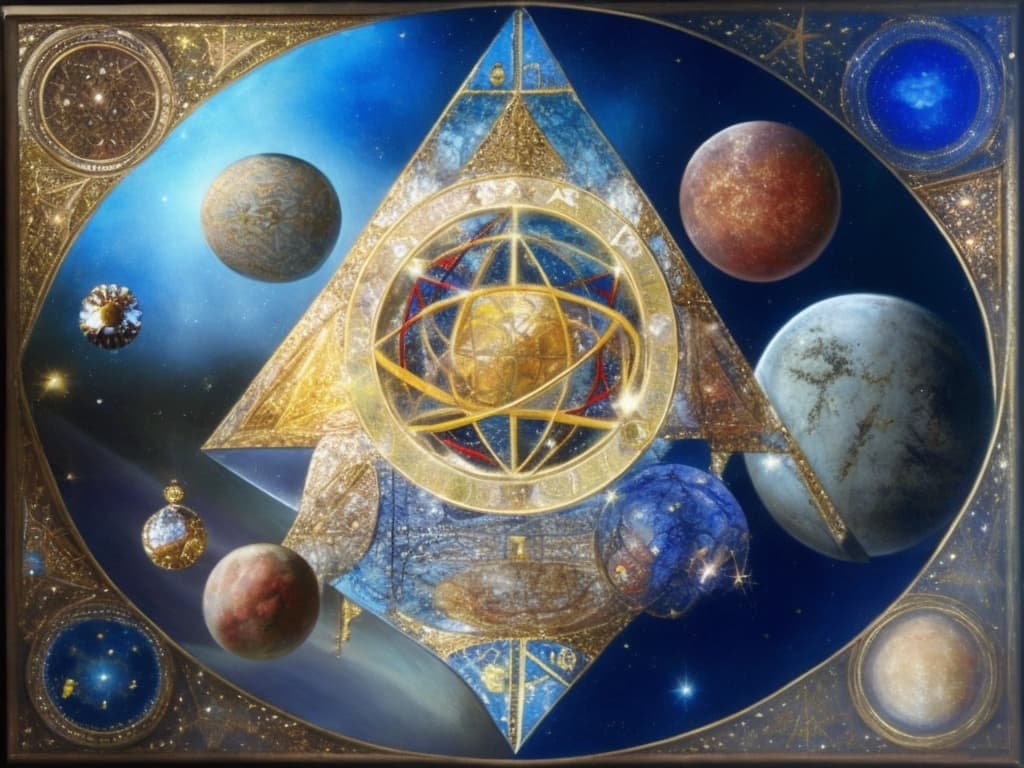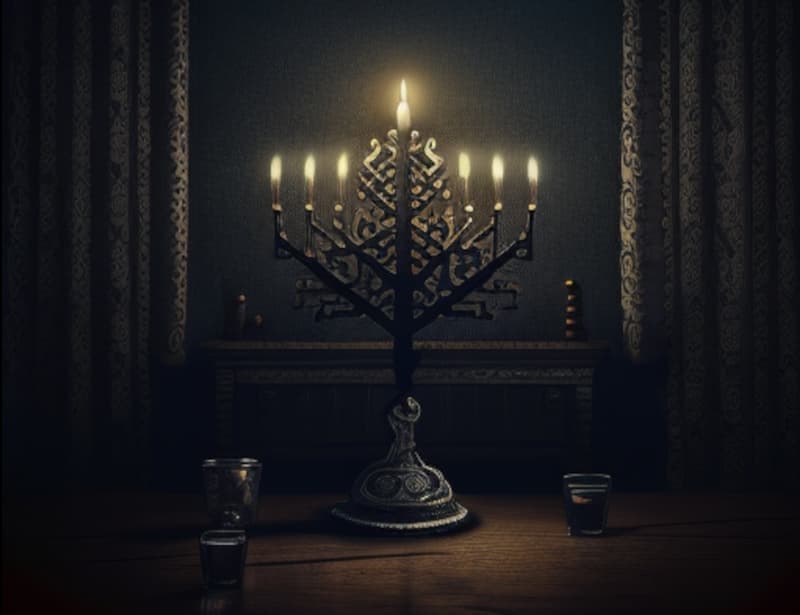The Shofar
The Shofar, a ram’s horn traditionally used in Jewish rituals, holds a central role in Kabbalah, the Jewish mystical tradition. The Shofar is most commonly associated with Rosh Hashanah, the Jewish New Year, but it is also blown on Yom Kippur, the Day of Atonement, and at various other times throughout the year.
According to Kabbalah, the sound of the Shofar represents the call of the divine, urging the Jewish people to awaken from their slumber and turn towards a higher purpose. The sound of the Shofar is believed to be able to reach the highest heavenly realms, and to have the power to break through any barriers or obstacles that may stand in the way of an individual’s spiritual growth.
In Kabbalistic tradition, the Shofar is seen as a conduit for the flow of divine energy. When it is blown, it is believed to create a powerful connection between the earthly and heavenly realms, allowing individuals to access the divine guidance and assistance that is available to them.
The Shofar is also seen as a symbol of the brokenness and imperfection of the human condition. In Jewish tradition, the ram’s horn is used to represent the sacrifices that were offered in the ancient Temple in Jerusalem. These sacrifices were meant to atone for the sins of the people, and the Shofar is seen as a reminder of this need for humility and repentance.
In Kabbalah, the Shofar is seen as a tool for personal transformation. When an individual hears the sound of the Shofar, they are called to look inward and reflect on their actions and choices. This self-examination is an important part of the process of teshuvah, or repentance, which is a central theme of the Jewish High Holy Days.
The Shofar is also believed to have the power to awaken the keter, the highest level of the soul. According to Kabbalah, the keter is the source of all spiritual potential and is the highest level of consciousness that an individual can attain. When the Shofar is blown, it is believed to awaken the keter and to help individuals access the spiritual insights and wisdom that are available to them.
In addition to its spiritual significance, the Shofar also holds a rich cultural and historical significance in Jewish tradition. The Shofar has been used in Jewish rituals for thousands of years, and it is an important symbol of the Jewish people’s connection to their heritage and to their faith.
The ritual of blowing the Shofar is a complex and precise process, and it requires a great deal of skill and training to do it properly. The Shofar is typically blown by a trained individual known as a baal tokea, or Shofar blower, who has undergone special training in order to learn the various melodies and techniques that are used in the blowing of the Shofar.
The sound of the Shofar is a powerful and moving experience, and it has the ability to bring people together and to create a sense of community and connection. The Shofar is a symbol of the enduring power of faith and tradition, and it serves as a reminder of the rich spiritual heritage that is a central part of the Jewish experience.
In conclusion, the Shofar is a central ritual in Kabbalah, and it holds a special place in Jewish tradition. The sound of the Shofar is believed to have the power to awaken the keter and to help individuals access the divine guidance and assistance that is available to them. The Shofar is also a symbol of the brokenness and imperfection of the human







